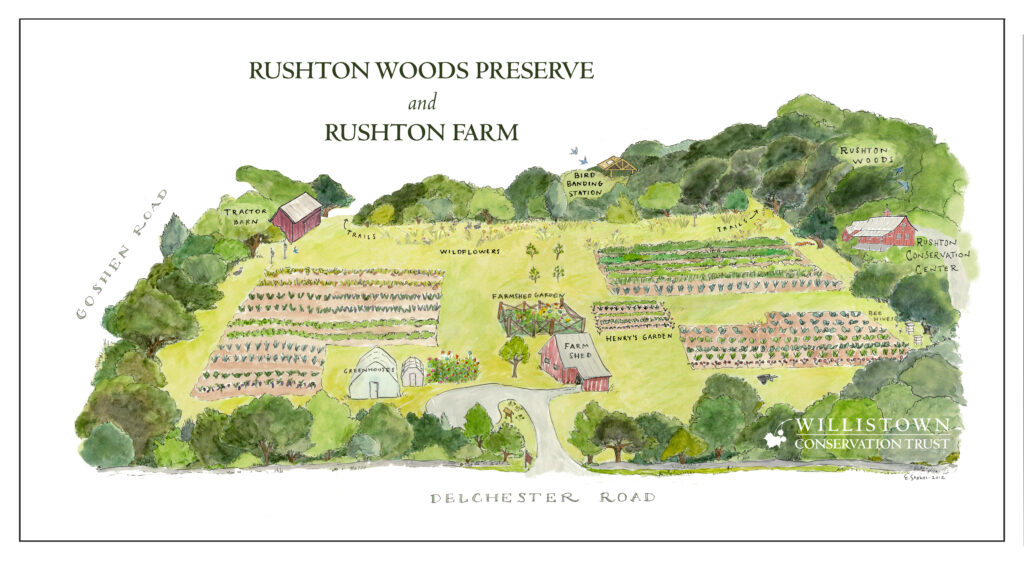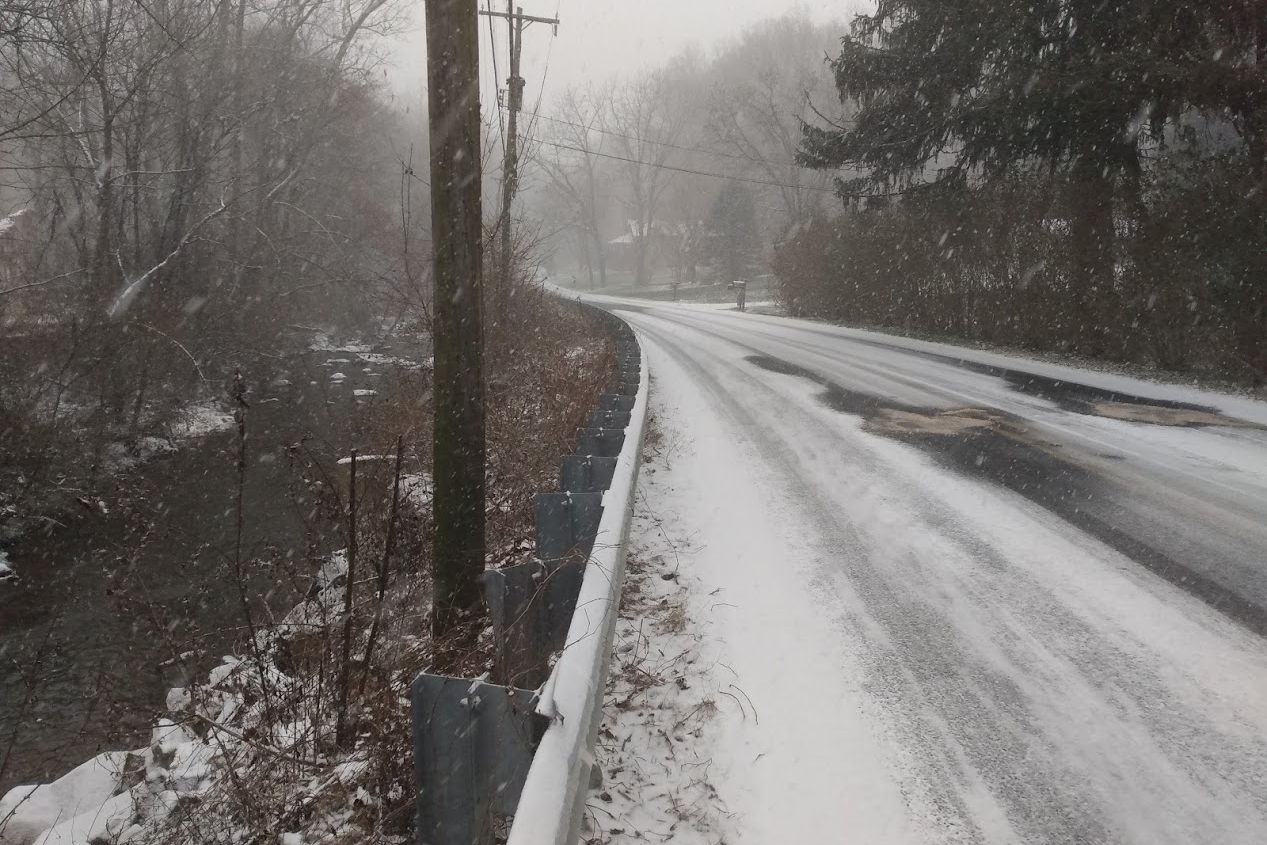Join Blake Goll, Education Programs Manager, for a virtual two-part session that introduces the study of birds. We will begin with some basics of ornithology like where birds came from and what makes a bird a bird. Then we will delve into exciting topics like bird song and nesting as well as migration.
From their beauty and song that inspires and uplifts us to their incredible migratory feats and daily dramas that leave us awestruck, birds are the perfect gateway to conservation. They have the power to awaken us to the natural world; what we do for them, we do for the planet and ourselves.
We will wrap the course up with a discussion of the state of birds today and the importance of bird conservation. We will delve into the latest technologies for studying birds as well as other tools like bird banding.
Leave the course with a better understanding of your avian neighbors and the resources to keep learning more and doing everything you can to help birds!
Nature at Night: Ornithology 101 (Part 1)
Nature at Night: Ornithology 101 (Part 2)






